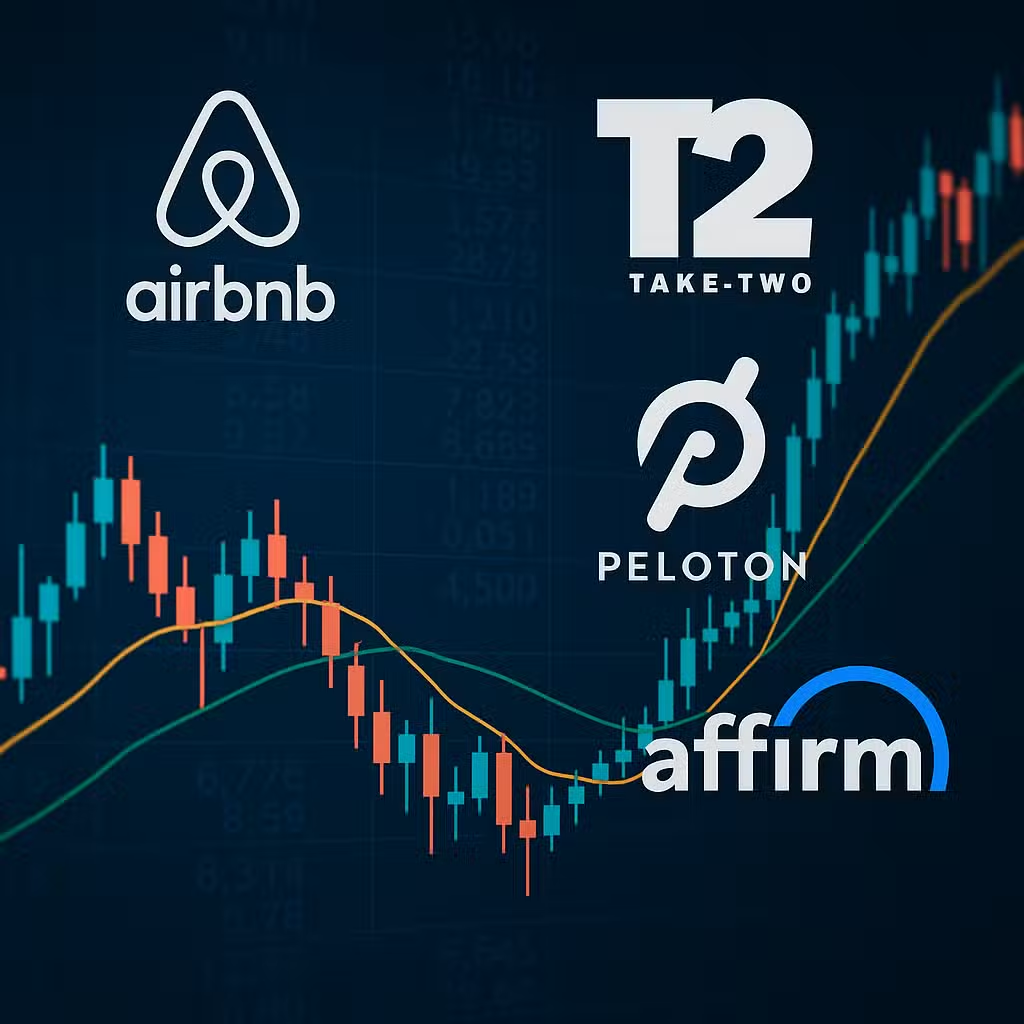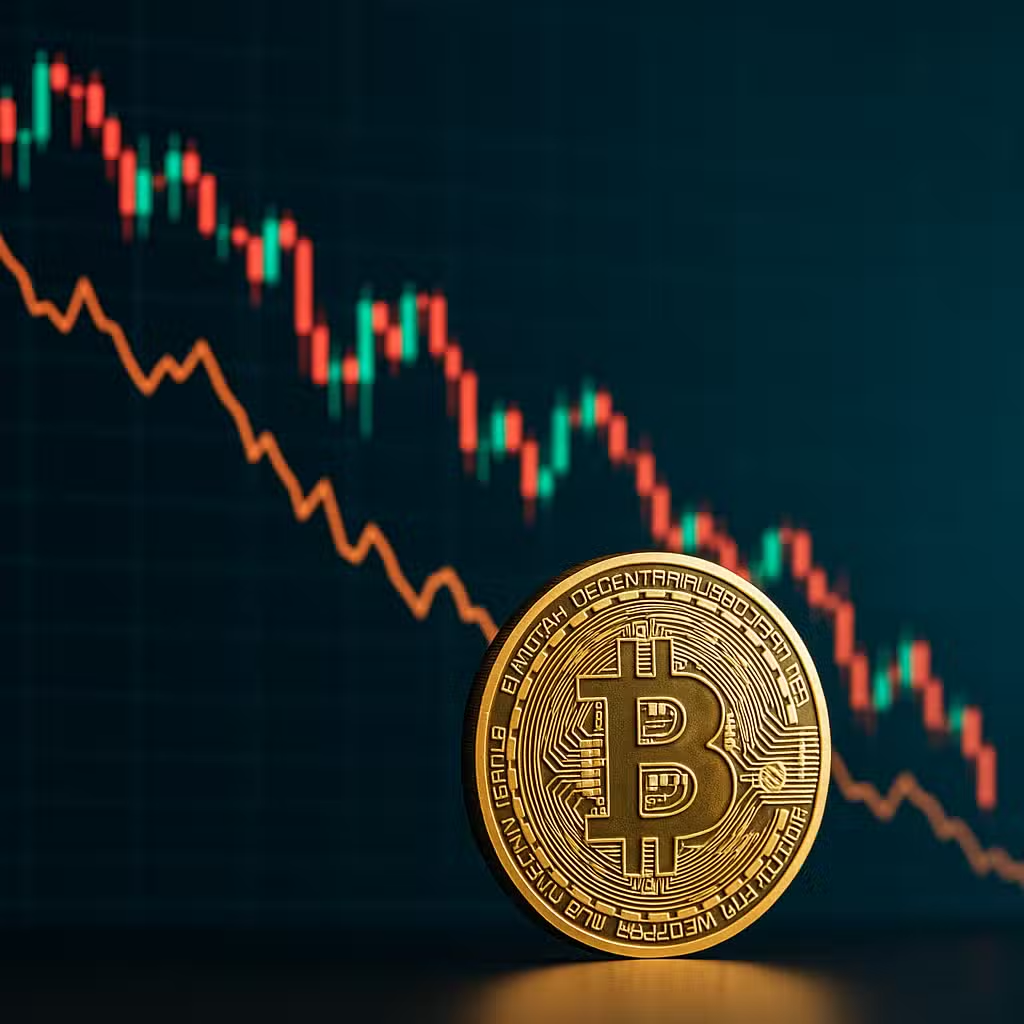NDFI Lending Challenges: What Investors Need to Know for Portfolio Stability
Imagine you’re walking in your kitchen at night and you spot a cockroach—chances are, there might be more hiding out of sight. That’s how some investors feel about recent trouble at a few regional banks, and it’s making everyone pay closer attention to what could be lurking in the financial system.
What Happened and Why It Matters
This week, the stock market took a hit because two banks—Zions Bancorp in Utah and Western Alliance in Arizona—had some big problems with loans. Their stocks dropped more than 10%, and the whole group of regional banks fell over 6%. Some experts think these are just unlucky events for those two banks. But others worry this could signal bigger risks, especially in how banks are lending money.
For investors, this matters because problems at even a few banks can shake up the stock market and make people worry about the safety of their investments—especially if those problems spread.
The Bull Case: Why It Might Not Be So Bad
- Some analysts say the issues at Zions and Western Alliance are unique and not a sign of bigger trouble for all banks.
- Big investment firms like Baird have even upgraded Zions stock, saying it was punished too harshly.
- The overall economy is still strong, with low interest rates and people feeling confident about spending and borrowing.
- Large banks like JPMorgan and Wells Fargo, as well as some strong regional banks, are seen as well-managed and safe bets.
The Bear Case: Why Investors Are Nervous
- When one bank has a big problem, it can be a warning sign—like that cockroach in the kitchen—that there are more issues we can’t see yet.
- The biggest worry is about loans to something called nondepository financial institutions (NDFIs). These are companies that lend money but aren’t regular banks. They include mortgage companies, insurance firms, and private investment funds.
- Loans to NDFIs by commercial banks jumped over 50% in just one year, according to the Federal Reserve—the biggest jump since at least 2016.
- NDFIs don’t have to follow the same rules as banks, so it’s harder to know how risky their loans really are.
- Some experts warn that if the economy slows down, these riskier loans could cause more problems for banks and investors.
What History Tells Us
This isn’t the first time investors have worried about hidden risks. During the 2008 financial crisis, problems with risky loans spread quickly and hurt the whole market. While today’s situation isn’t the same, it shows why keeping an eye on how and where banks are lending is so important.
According to a 2023 report from the IMF, private credit markets have grown rapidly and now total over $1.5 trillion globally—meaning more money is tied up in places with less oversight.
What’s Next?
Some investors still believe the banking sector is a good place to put money, especially in big, well-run banks. But there’s less room for mistakes now. Even a few bad loans can make people nervous and hurt stock prices, so it’s important to watch the news and pay attention to how banks are managing risks.
Investor Takeaway
- Keep Diversified: Don’t put all your money in one bank or sector; spread it out to lower your risk.
- Watch for Hidden Risks: Pay attention to news about bank loans, especially to less-regulated lenders like NDFIs.
- Favor Strong Management: Consider investing in banks with a solid track record and strong leadership.
- Stay Informed: Follow updates from the Federal Reserve and financial experts about loan growth and risk trends.
- Be Ready to Act: If more problems pop up, be prepared to adjust your portfolio quickly to protect your investments.
For the full original report, see CNBC







